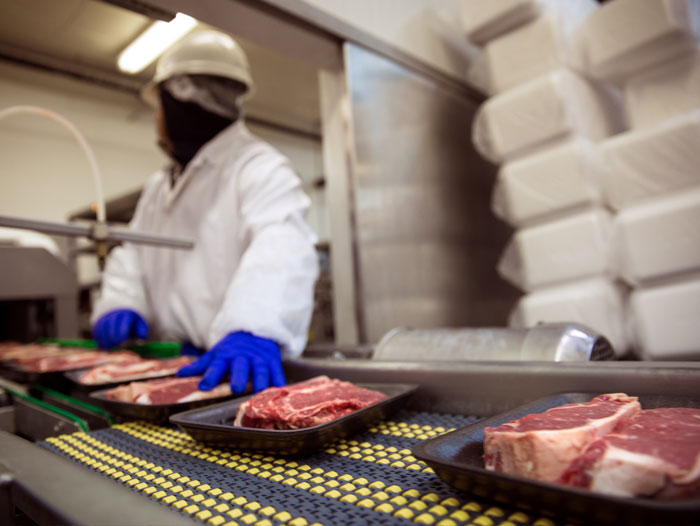Beef Quarterly Q4 2019: Strong Demand to Test Supply in 2020
November 29, 2019 | 2 min to read

Strong demand will be the driving force in the global beef market in 2020, while beef production will experience slow growth.
“Although beef is not strictly a fungible product, demand and supply pressures will cause a redistribution of product among markets. Market participants will need to be vigilant for any direct and indirect impacts as supply chains are tested,” according to senior animal protein analyst Angus Gidley-Baird.
In other developments…
US import prices
Growing Chinese demand has attracted increased volumes of beef trimmings from Australia and New Zealand during 2019, and we expect ongoing competition for this supply into 2020. After trending up since mid-year, US import prices jumped in October and are heading towards the record levels seen in 2014. Such pricing pressure is forcing American QSR operators to seek alternative domestic supplies, pushing up other prices in the US.
China approves additional export plants
Given the very strong demand for imported protein, China has been active in approving plants for access to the Chinese market. Since August 1, Brazil has had 22 plants approved, and Argentina has had 8 plants approved. In addition, South Africa has been re-granted access, and a number of plants across Europe have also been approved.
New government in Argentina gives rise to uncertainty
Peronist Alberto Fernández’s new government takes office in early December. The lack of sector-specific agricultural policies and the increased chance of higher beef export tariffs (currently about 5%) are giving rise to uncertainty about the future of the Argentine beef market. However, extremely high prices and good margins for processors may help offset any increase in export tariffs that may eventuate.
Rabobank Seven-Nation Cattle Price Index
All major global markets have shown increasing or stable cattle prices over the past couple of months, stabilizing the Rabobank Seven-Nation Index.
